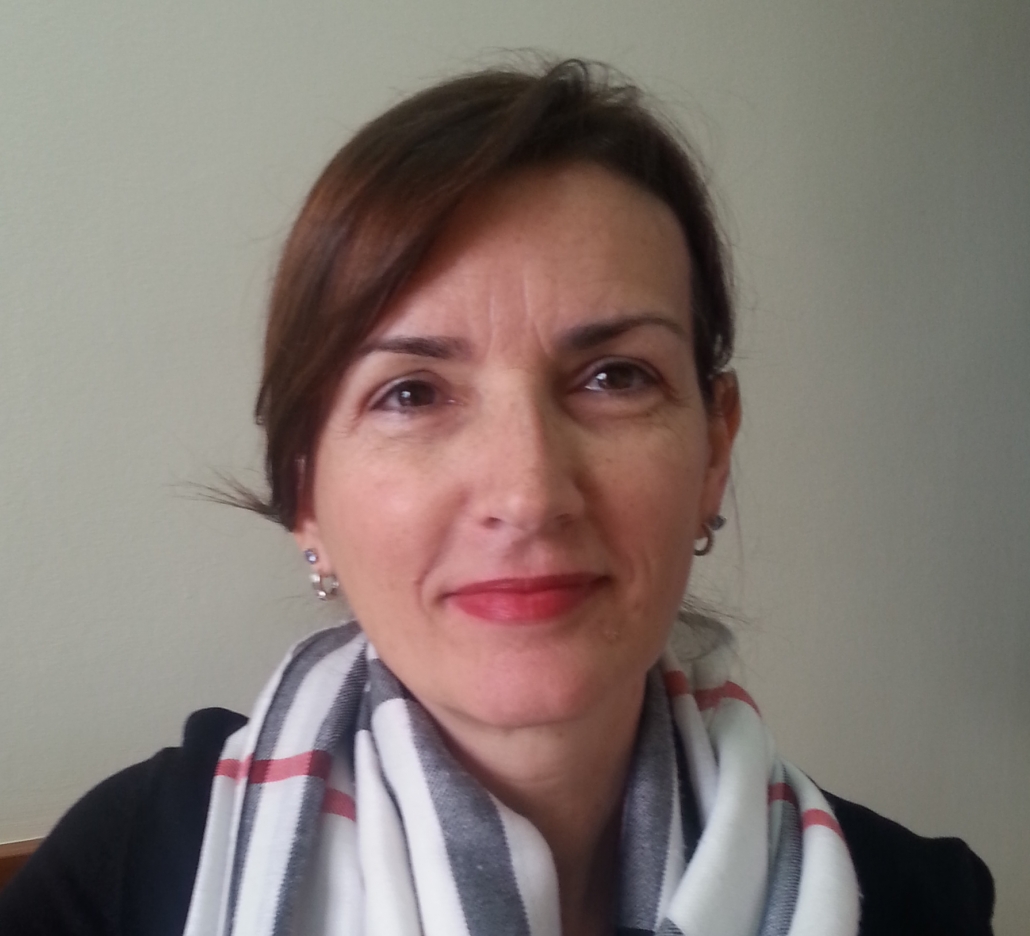She is one of the persons who know well the hospital hygiene situation in CEE countries: Dr. Biljana Cerevic, hospital epidemiologist at Clinical Center of Serbia, was asked by Carola Timmel about the challenges in the field of HAI, her work at IFIC and her opinion in relation to the Semmelweis Initiative.
Mrs. Carevic, you are board member (section Eastern Europe) of the International Federation of Infection Control (IFIC) – what are your tasks for the Federation, and what exactly you are doing in the fields of education and training?
Yes, that’s true. Since 2004, I’ve been a member of the IFIC Board, elected as a trustee ( CEE). IFIC has over 100 members in its association. Trustee’s task is to be in continual contact with the presidents of the associations /societies of healthcare-associated infection prevention who represent their countries as well as follow the activities of these associations /societies in relation to HI prevention. In so far these presidents sent some proposal to their trustee, and most commonly it would be some kind of application to IFIC requesting to support (by its engagement in education courses or delivering lectures) the conferences, workshops, and courses organized by the respective associations /societies a trustee would make a list of recommendations and discuss about it with other board members, and subsequently the Board would make a decision whose request could be fulfilled. In addition, IFIC offers an opportunity (by scholarships, grants) for individuals from underdeveloped countries (with low funds) to have an advanced training in developed countries with well-organized services for surveillance and control of HI. IFIC Scientific Board, where I am also a member, reviews the forwarded offers of training programs as well as candidate’s applications for advanced training and makes initial selection of these candidates. The Scientific Board presents this list of suggested candidates at the annual Board meeting, and final decision on the candidate and service (department) which will accept him/her for one-month training course will be made by IFIC Board members. For the past two years, IFIC has organized, besides congresses and similar events, the basic courses on HI prevention which have been well accepted and recognized on all five continents (you may find details on this course on the IFIC web site).
Is the big problem of HAI in this countries more a result of the general conditions (limited financial resources etc.) or a lack of knowledge & awareness of the people?
Comparing to any other issue in question, I think that the biggest problem is insufficient awareness of health personnel on the significance of respecting the preventive measures; this problem is the concern, to more or less extent, of both developed and underdeveloped countries. Over years, developed countries have their national programs, recommendations, guides for prevention and control of HI prepared. Moreover, many countries have legal obligation to collect data on HI incidence rate, and most common causative agents of multi-resistant bacteria isolated from biological material. All the aforementioned should be also implemented in underdeveloped countries, and that is a huge responsibility requiring job commitment, time and well-educated personnel. Therefore, collaboration and engagement in the international organizations dealing with this problem is very important.
In which areas there are the most things to do? (Hand hygiene, surveillance …?)
In order to talk about this problem, we have to present this development (HAI) in numbers (rates, percentage) because it is the only way to make this problem an actual issue. In order to note this problem and express it in numbers (rates), we have to introduce surveillance (collection of HAI data). In order to have well accomplished surveillance, we must employ well educated health personnel for surveillance implementation (case definition) in every hospital. Collected data are analysed by a infection control physician and on the basis of such analysis, he/she will prepare the preventive measures. With regard to obtained results, an IC physician responsible for HAI control will decide whether observation of hand hygiene measures will be introduced on some ward, or he/she will insist on respect of AB prophylaxis and therapy recommendations due to increase of a number of patients with CDI diarrhea (not epidemic-based) on some other department, or he/she will consider the introduction of admission screening (nose, throat, rectum) on account of MRB incidence as the cause of surgical site infections. The best results in HAI prevention and control of spread would be accomplished if all these measures were introduced simultaneously; it is quite clear that key prerequisite is having a sufficient personnel educated for collection of data on obeying these recommendations of HAI prevention.
Are the problems in the Eastern Europe countries more or less the same?
The problems are more or less the same, only there is a time distance of some twenty and more years. Namely, developed countries started thinking about this HI problem some fifty years ago, while less developed and underdeveloped countries began discussion on this problem some ten years ago. During that time, many developed countries have defined the issues clearly and evidently (an example is an introduction of good AB prophylaxis) and brought them under control (resistance of HI causative agents).
There are surely also promising developments and intitiatives – could you give an example (eg. persons engaged, initiative of a hospital …)
Owing to enthusiasm and commitment of hospital epidemiology leaders, the things in this part of Europe are getting better, meaning that many countries have introduced active HAI surveillance as well as surveillance of AB consumption and resistance of HAI causative agents. It would be unfair to omit and not remember the experts who have taught us everything about infections and who enabled and are still enabling our participation in various investigations on HCAI risk factors. I have been privileged and really lucky to learn from and collaborate, from the very beginning (in 1995), with Andeas Voss, Didier Pittet, Stephan Harbarth, Yehuda Carmelli, Evelina Tacconeli, Dominique Monne, Herman Goosens, Marc Bonte, Agnes Wechsler – Fördös, and Nizam Dammani. These are the colleagues who are my models, owing which I have succeeded in persevering and keeping on in this profession, in spite of numerous problems and obstacles. My warm recommendation to all younger colleagues, who have just started coping with the problem of HAI, is to visit the COMBACTE site and connect the hospital they work in with some of COMBACTE Net (Clin, Lab, State). I am truly happy that, as COMBACTE Clin Net national and regional coordinator (Serbia and Montenegro), I have assisted in including several medical institutions (except the Clinical Center wherein I am employed) into research studies with the objectives to detect the risk factors (patient- and cause-related) leading to development of MRB infections and recognize the measures that will prevent the development of MRB infections.
In March 2017 the Semmelweis Foundation has its 2nd CEE Conference (Budapest). What can or could accomplish this event?
Having seen the program and the names of the speakers, I’ve been immediately aware of the fact that it will be one excellent conference. My true advice to all participants is to take advantage and make the most of this wonderful opportunity provided by Semmelweis Foundation, to make personal contacts with lecturers who “chose the hard way and passed through more difficult experience” and despite that found the answers to many questions which they will gladly and readily share with the interested listeners.




